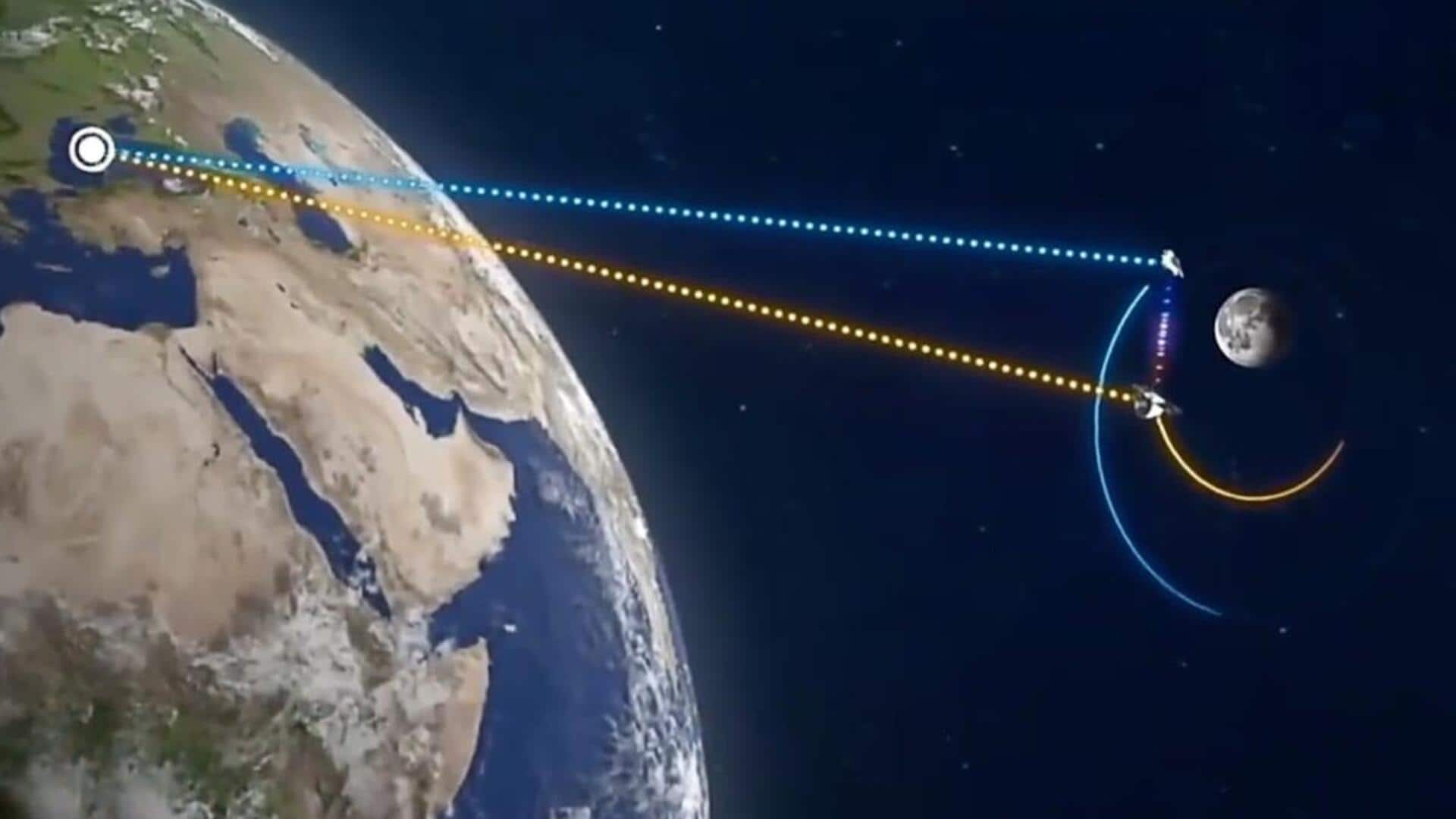
How China's laser ranging experiment will aid deep space missions
What's the story
China's Tiandu-1 satellite has successfully engaged in a pioneering laser ranging experiment, conducted under strong daylight conditions.
The test, performed by the Deep Space Exploration Laboratory (DSEL), is being hailed as the world's first Earth-Moon laser ranging test under such conditions.
The experiment involved sending pulses of light from an observatory here to the Tiandu-1, which reflected them back for distance calculation.
The successful completion of this experiment possibly paves the way for future deep space missions.
Technical hurdles
Overcoming challenges of daylight interference
Traditionally, satellite laser ranging experiments are conducted during the day, but the Earth-Moon space tests have been limited to nighttime due to strong daylight interference.
The intense sunlight can disrupt the laser signal and cause it to be lost in background noise.
This limitation has resulted in restricted observation windows and data collection for satellites in lunar orbit, crucial for China's plans to expand its lunar presence.
Profile
A look at the Tiandu
The Tiandu-1 satellite was launched into orbit around the Moon in March 2024, along with two other relay satellites - Tiandu-2 and Queqiao-2.
Their mission is to validate new technologies for constructing an Earth-Moon communication and navigation system, further boosting China's lunar exploration capabilities.
Since their launch, the satellites were involved in many technological verification experiments, including sending back pictures of the Moon.
Necessity
Why is the tech important?
Satellite laser ranging technology is necessary for future space missions, because it is the most accurate way to find out the orbit of satellites. The tech could also be used for spacecraft positioning.
China's latest test can help with projects like the International Lunar Research Station.
It is a lunar base being developed by China and Russia to ensure long-term human presence on the Moon's south pole. Research operations could start there by 2035.